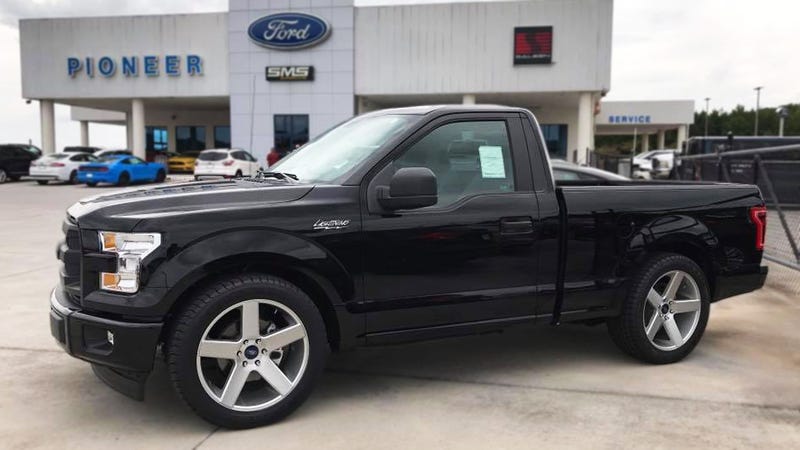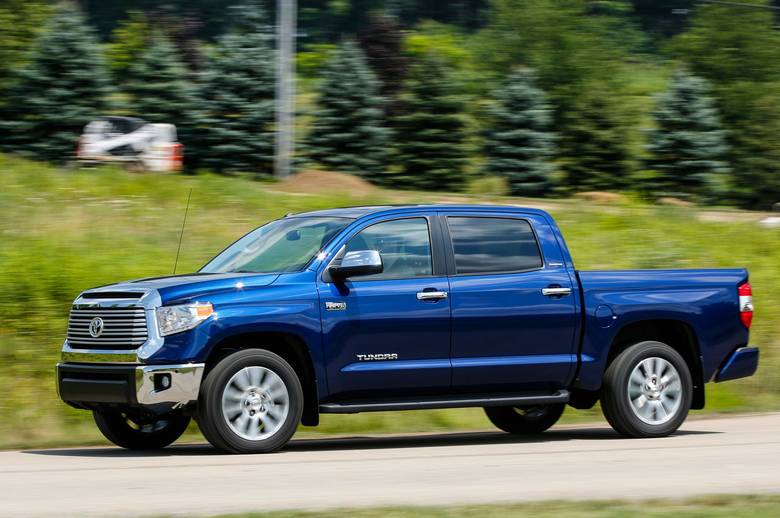$200 Million Navistar Order from US Xpress Signals Trucking Rebound 2018
$200 Million Navistar Order from US Xpress Signals Trucking Rebound
Following several difficult years, heavy-duty truck manufacturing in the U.S. is poised for a comeback, helped by improving economic conditions and the replacement of older models with more fuel-efficient and technologically advanced semi-tractors.
Freight demand is growing, and shipping rates are rising, providing fleets with the cash to replace aging trucks.
Large fleets are jumping into the market and will be among the most active buyers, industry analysts said.
This was evident Tuesday when US Xpress, a large Chattanooga, Tenn., trucking company, reached a multi-year deal worth more than $200 million to purchase 1,665 International LT semi-tractors from Navistar International Corp. The deal includes 1,400 sleeper trucks and 265 day cabs.
“We had a chance to test one of their 2018 trucks and the test was extremely surprising. Fuel mileage was the best of class,” said Max Fuller, executive chairman at US Xpress. “We got pretty excited about putting this order in place.”
The sale was a notable conquest for Navistar as US Xpress is a major buyer of Freightliner Cascadia semi-tractors. US Xpress has 7,400 trucks in its fleet.“The things we look at are the total cost of ownership and whether the truck has the proper support programs in place – dealers that have parts, good warranties, things that support the product after the sale – and International does a pretty good job in that area,” Fuller said.
“To see trucks going down the highway with the US Xpress trailers behind them is something that everybody at Navistar will be proud of,” said Michael Cancelliere, president of Navistar truck and parts.
An improved outlook for trucking encouraged the large order.
“We are extremely bullish about the industry,” Fuller said. “My rates are up over 10 cents per mile in 90 days, I’ve never seen that happen in my career that started in 1970. There’s more freight than we can handle.”
Fuller said the industry slump ended in June. Others also see a rebound.
“We could see the return of the large fleets to the marketplace in fall 2017 for equipment to be delivered in 2018, and we believe that trend is only likely to gain steam in 2019 and 2020,” Michael Baudendistel, an analyst at Stifel Financial Corp., wrote in a report to investors this week.
Manufacturers are forecast to win orders for about 140,000 Class 8 semi-tractors this year, according ACT Research. That’s up 64 percent from the 85,400 ordered in 2016 but still down from the 184,500 of 2015, the research firm said.
The large carriers are looking at several factors that will push big-rig purchases, Baudendistel said.
A federal mandate that starts Dec. 18 and forces all truckers to have electronic logging devices that digitally track their driving time to ensure they stay within legal limits is expected to reduce the ranks of independent drivers who don’t want to comply with the law. That could push business to larger fleets.
Additionally, freight volume is increasing, creating more demand. In a July industry report, the American Trucking Associations forecast freight volume will grow 2.8 percent this year and will then accelerate to 3.4 percent annually through 2023. Trucking will remain the dominant freight mode – moving 10.73 billion tons of freight in 2017, or about two-thirds of all goods.
And shipping rates are rising. The national average spot van, or trailer, rate was $1.97 per mile in September, almost 11 percent higher than in August and 22 percent above the same month a year earlier, according to DAT Solutions, an industry data provider. Rates for refrigerated and flatbed shipments also are rising.
“We expect higher demand for truckload capacity to continue at least through December, with the movement of holiday-related e-commerce freight and the onset of the federal electronic logging device mandate,” said Mark Montague, a DAT industry analyst. “Demand may recede in February, which is normally a slack period, but we expect rates to remain somewhat higher than in previous years.”
The market is already starting to turn up, Baudendistel said.
“We believe October-December Class 8 orders in North America will average more than 30,000 units per month, up 60 percent from the same (depressed) period last year and 30 percent above the 10-year average level,” he wrote.
The US Xpress deal is an important endorsement of Navistar, which is working to recover from problems with discontinued engines and a large inventory of used trucks. The company earned $37 million in the third quarter, a turnaround from a loss of $34 million in the same period last year.
“It would have been easy not to invest in new product, but we never did that,” Cancelliere. “We invested over a $1 billion throughout the product line and we are not done.”
Michael Cancelliere. (Photo: Navistar)
In June Navistar shuffled senior management, naming Cancelliere as president of its truck and parts business and designating his predecessor William Kozek to head the company’s emerging technology strategy.
Navistar introduced the International LT Series Class 8 semi-tractors in September as a replacement for the ProStar, which launched as a 2007 model. It offers a series of improvements over the previous truck, including better fuel economy and standard advanced safety features such as adaptive cruise control and collision alert with automatic braking to reduce rear-end crashes. The US Xpress trucks will be powered by Cummins X15 engines, with deliveries starting in 2018 through 2020.



